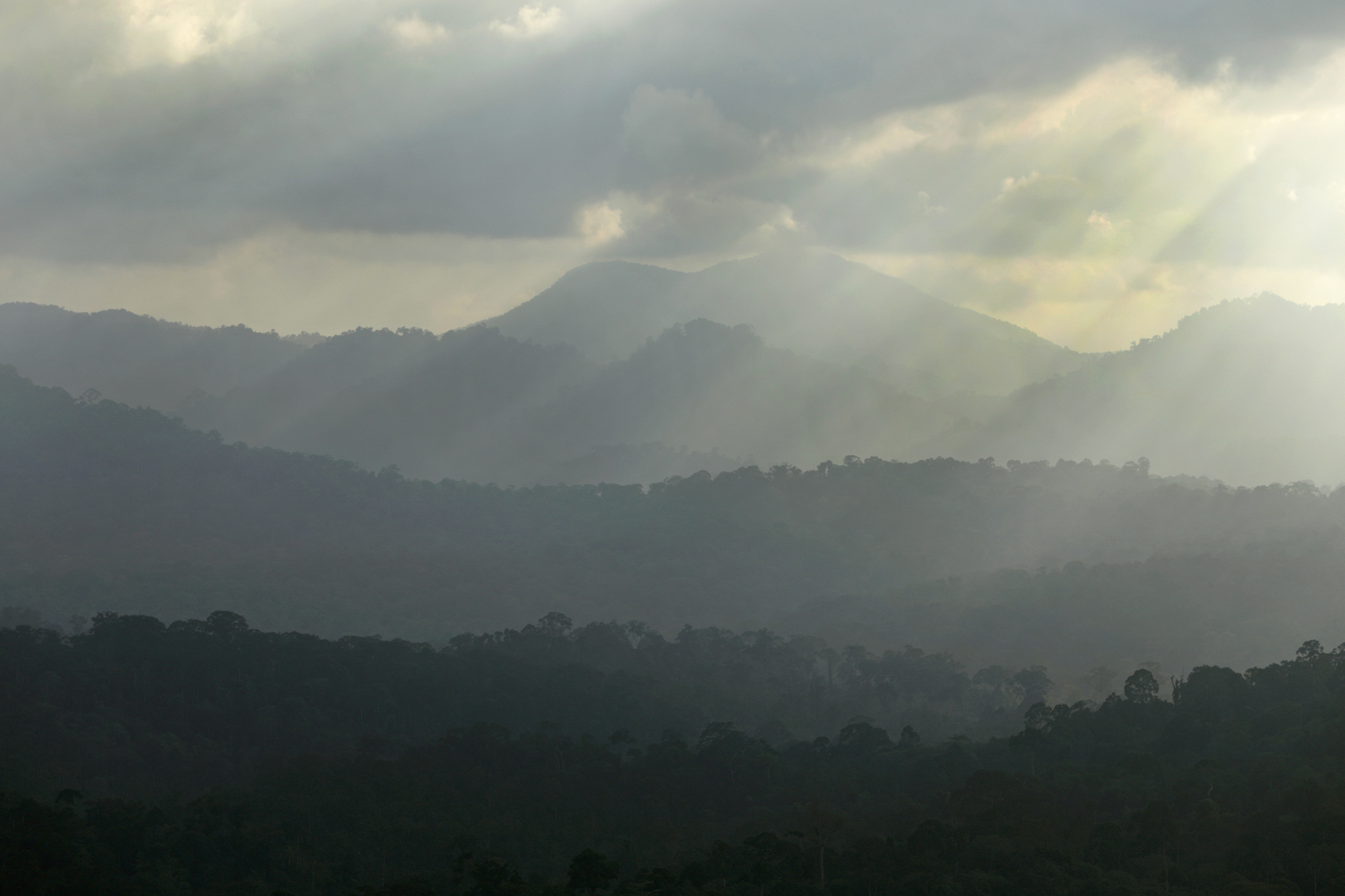Antarctic ozone depletion influences rainfall in tropics
- From
-
Published on
14.09.18
- Impact Area

For residents of New Zealand, Australia, Chile, Argentina or South Africa, the hole in the ozone layer that opens above Antarctica every spring is more than an abstract concern. The sun’s light burns more intensely through the hole, increasing the risk of skin damage.
For people in places further away, although the ozone layer protects all life on earth, its depletion might not be so immediately apparent. But a new study led by researchers at Switzerland’s University of Bern shows that the depletion of the ozone layer, which blocks most of the ultraviolet radiation from the sun, has had previously unknown impacts on the climate system. Specifically, they’ve found that rainfall in tropical parts of the Pacific is influenced by the ozone hole – despite being 10,000 kilometers away.
Read Antarctic ozone depletion influences rainfall in tropics on Landscape News.
Related news
-

From Dirt to Decision-Making: Governance and Soil Health Must Go Hand in Hand
Multifunctional Landscapes Science Program26.11.25-
Biodiversity
-
Environmental health
-
Environmental health & biodiversity
In October, the world convened in Des Moines for the 2025 Borlaug Dialogue under the…
Read more -
-

ICRISAT’s Solar-Powered Water Hyacinth Harvester Recognized Among India’s Top 100 Innovations of 2025
International Crops Research Institute for the Semi-Arid Tropics (ICRISAT)18.11.25-
Environmental health
-
Poverty reduction, livelihoods & jobs
ICRISAT's Novel Solar-Powered Water Hyacinth Harvester has now earned a place in the prestigious To…
Read more -
-

CGIAR Multifunctional Landscapes at COP30: Advancing Adaptation and Nature-Based Solutions
Multifunctional Landscapes Science Program10.11.25-
Adaptation
-
Biodiversity
-
Environmental health
-
Environmental health & biodiversity
-
Mitigation
COP30 in Belém, Brazil is being heralded as a pivotal “COP of adaptation” and a…
Read more -
